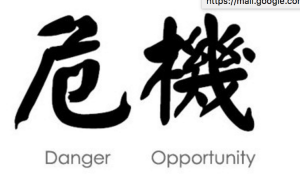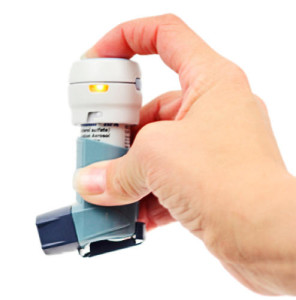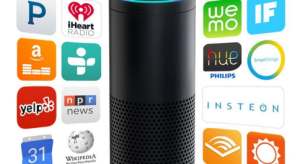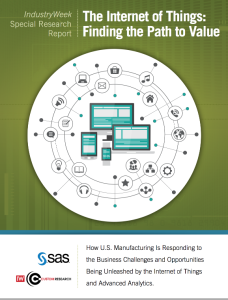What do you think constitutes “SmartAging?”
It’s been a while since I’ve posted anything about my IoT-based “SmartAging” concept, which combines:
- Quantified Self health monitoring devices to make it easier to monitor your health conditions around the clock and help your caregivers better understand your health, and — hopefully — to motivate you to more activity and better eating.
- smart home devices that make it easier to manage your home as you age and thereby avoid institutionalization.
However, I have been giving the concept a lot of thought, and have created a draft of a manifesto on the concept to guide my own work and hopefully provoke some discussion. Here it is!
SmartAging Manifesto (draft)
- Aging is a natural, lifelong process, so why fear and avoiding talking about it, especially how to make it more enjoyable and less costly?
- We seniors aren’t all the same, so don’t treat us as if we were. Look beyond our wrinkles, and you’ll see some of us still work, some have just retired, and still others are long retired. When it comes to technology, some us us are afraid of it, some of us embrace it, and there are many others in the middle. Respect us for who we really are — and our choices.
- We don’t want to have to work to master technology: we worked for 40 or 50 years, and now we want to enjoy ourselves. If you want to sell us technology, make it easy to learn and use. Maybe even fun… Mark Weiser, credited as the IoT’s intellectual father, wrote that“The most profound technologies are those that disappear. They weave themselves into the fabric of everyday life until they are indistinguishable from it.” That sounds pretty good to us!
- We want to shift gears and have more fun. That doesn’t mean shutting off our brains, but it does mean that we now have time to explore new hobbies, play games, spend time with our families (especially grandchildren), and travel. We’re particularly interested in technology that can help us do these things.
- We’re also more concerned about our health. We want to be as healthy as possible, as long as possible, and we’re worried about debilitating illnesses and becoming dependent on others. We’ll be very interested in new devices to help us stay healthier longer — especially if it isn’t obvious we’re using them and they don’t make us look weird and pitiful.
- We’re also concerned about independence (most of us do live independently, incidentally) and staying in our own homes instead of being carted off to some smelly, dehumanizing institution. We’re interested in technology that can make it easier to run our homes and stay in them.
- We’re got something that kids don’t: wisdom and perspective, gathered from long lives and tough experience. Don’t just look at us as buyers of your stuff: ask us for our ideas. You may be surprised what you’ll learn.
That’s what I’ve got so far, but I wanted to circulate the draft ASAP, to gather others’ thoughts as well (I’ll credit you if you contribute any ideas!). e-mail me your ideas.





 The survey, “The Internet of Things: Finding the Path to Value,” (underwritten by SAS) was conducted late last year. 478 companies completed it. The survey’s major finding was that:
The survey, “The Internet of Things: Finding the Path to Value,” (underwritten by SAS) was conducted late last year. 478 companies completed it. The survey’s major finding was that: